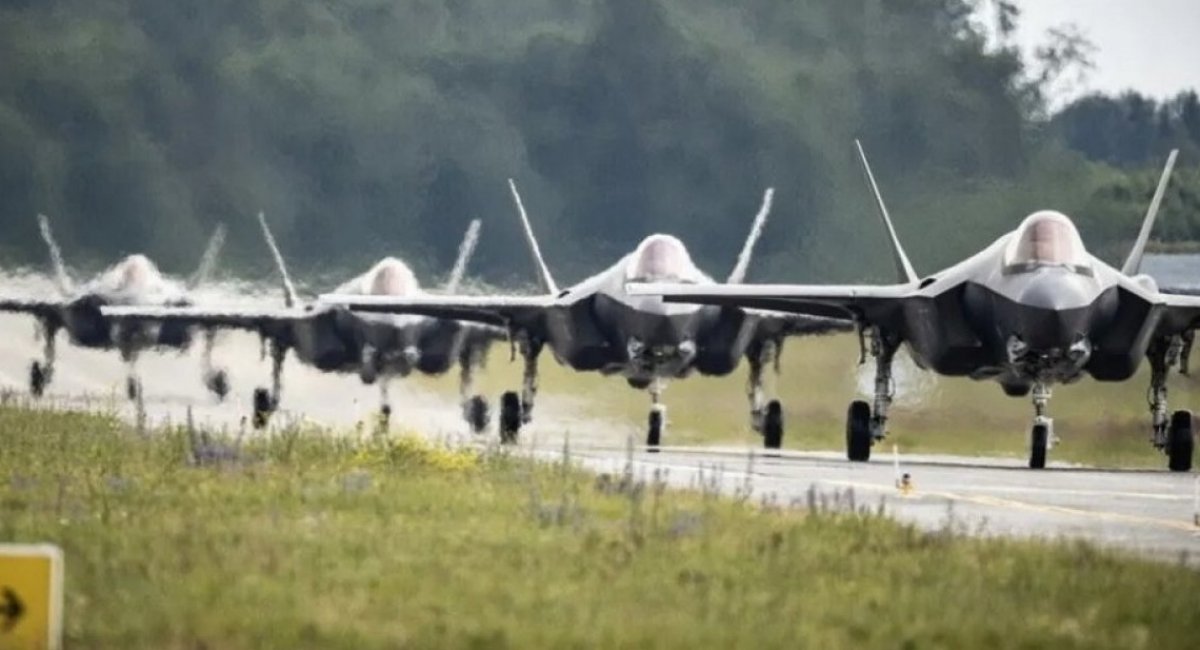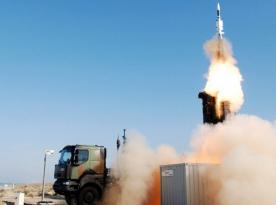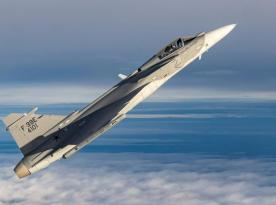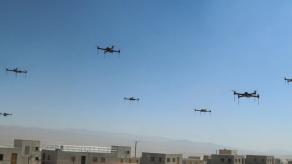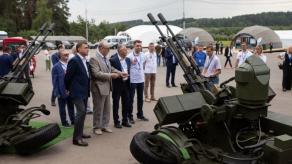The U.S. outlet Task & Purpose raised the question of why 14 out of 32 NATO member states are ordering the F-35 despite its known shortcomings, and what makes it better than the F-16 or Eurofighter, which also form the backbone of NATO’s combat aviation fleet.
The article is insightful in light of how the U.S. military press assesses both the strengths and weaknesses of their domestically designed aircraft. Interestingly, for American observers, the answer is not obvious by default.
Read more: Belgium Orders 11 More F-35A Jets, Boosting European Defense with Fighters Manufactured in Italy
Journalist Kyle Gunn notes that the F-35 combines three key features not typically found in most NATO fighters: increased survivability, system integration, and standardization. The list of current or potential F-35 users now includes the United States and the United Kingdom, Italy and Norway, the Netherlands and Denmark, Belgium and Poland, Germany and Finland, Canada, the Czech Republic, Romania, and Greece.
Among the 18 remaining NATO countries that as of mid-2025 are not current or potential F-35 operators, about half do not possess any fighter aircraft at all. In this context, the F-35 clearly stands out as the dominant combat aircraft type within NATO due to its obvious advantages over fourth-generation fighters like the F-16 and Eurofighter.
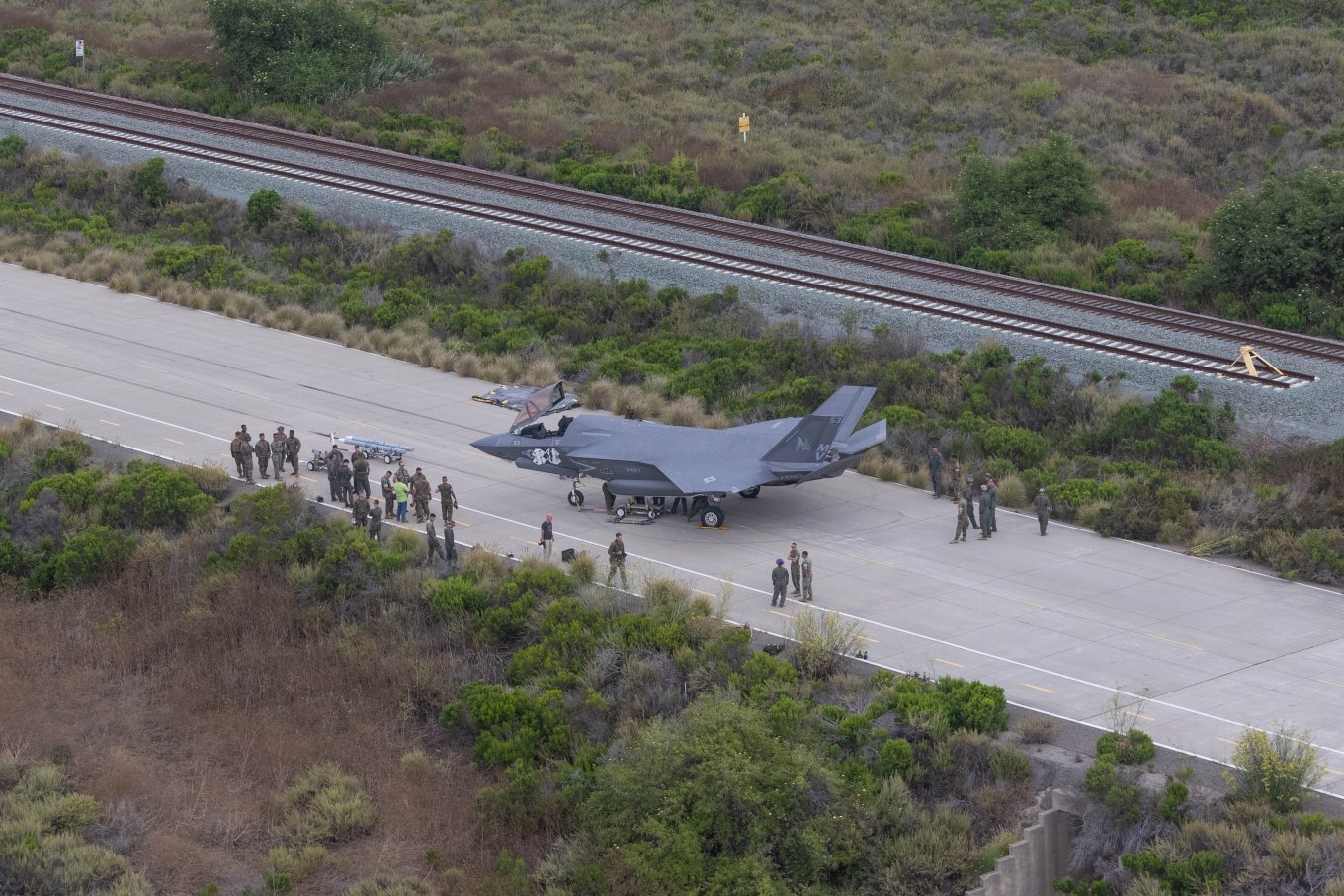
As for specific advantages, the F-35 can serve as a tactical nuclear weapons carrier, which is relevant for NATO's strategic deterrence posture, and it can carry out reconnaissance and electronic warfare missions using its core onboard systems, without requiring reconfiguration. This makes the aircraft not only a strike platform but also an element of battlefield awareness and command systems.
The F-35's widespread use across NATO also simplifies logistics, pilot training, and maintenance procedures.
However, the aircraft does have its drawbacks. The F-35's flight hour cost ranges between $26,400 and $39,000, which may be financially unsustainable for smaller NATO countries. Additionally, even minor technical issues can lead to a temporary grounding of large numbers of aircraft until the issue is resolved.
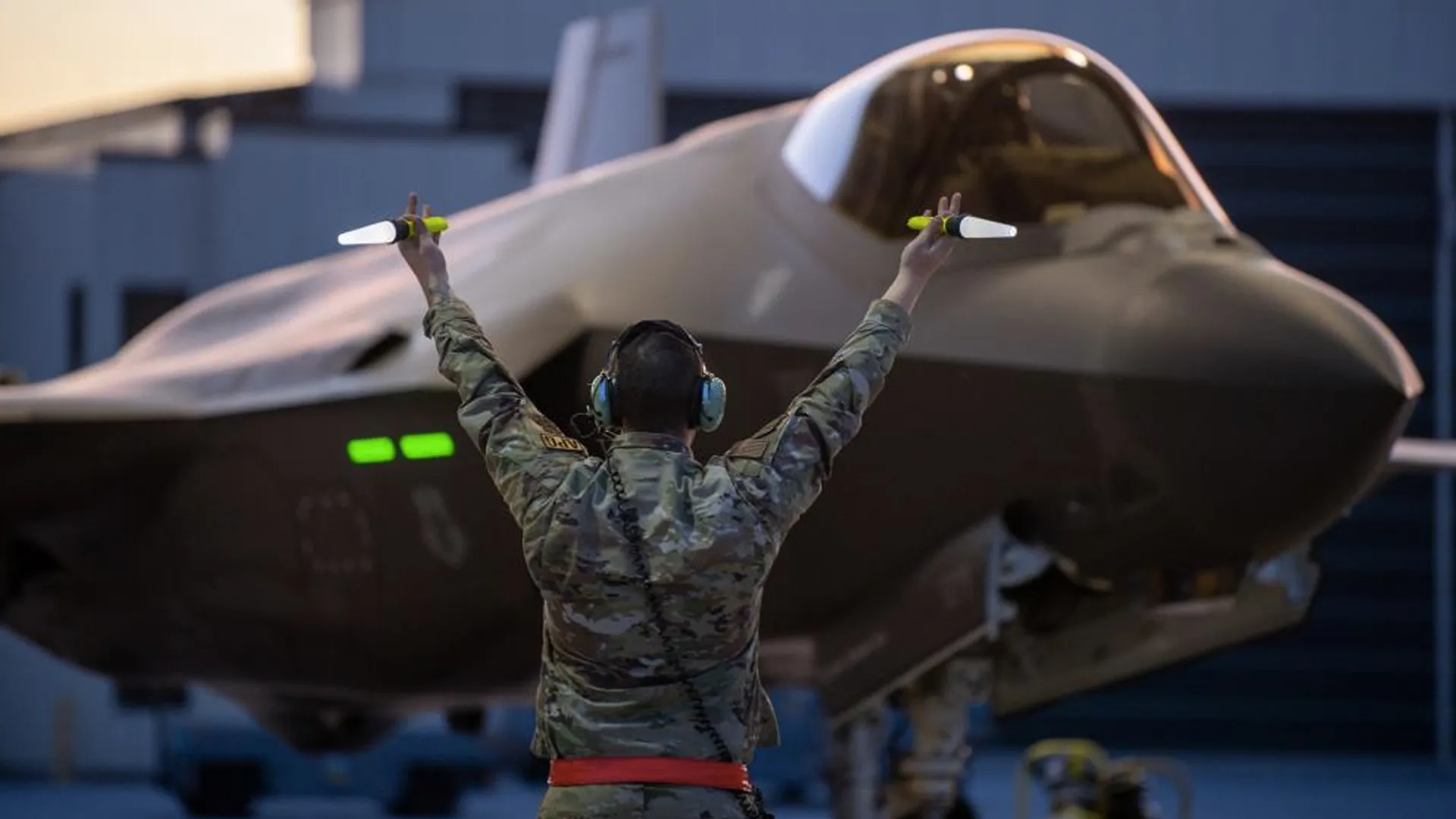
Read more: Development Delays May Force America's 6th-Gen F-47 to Enter Production Without New Engine




